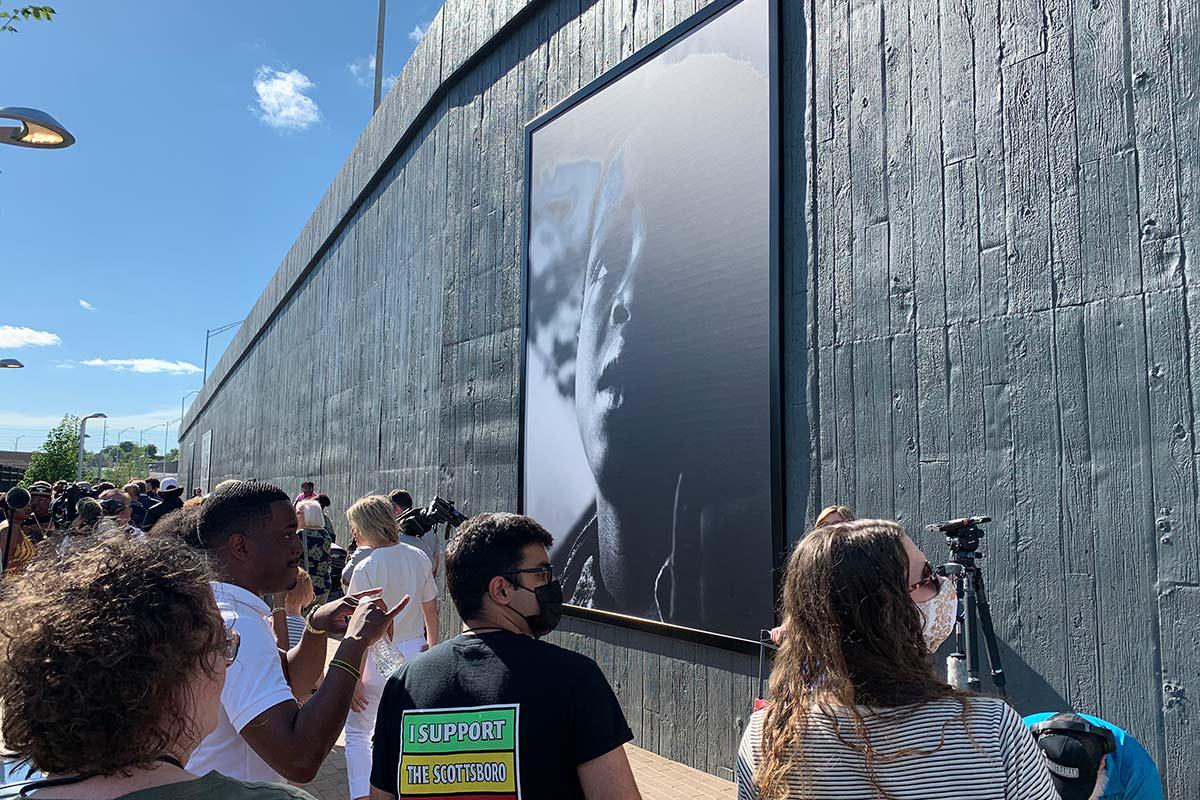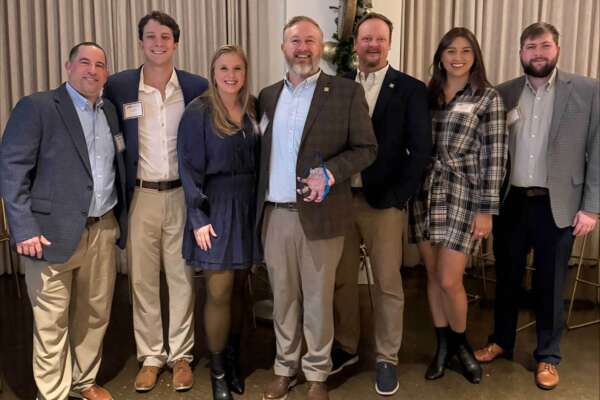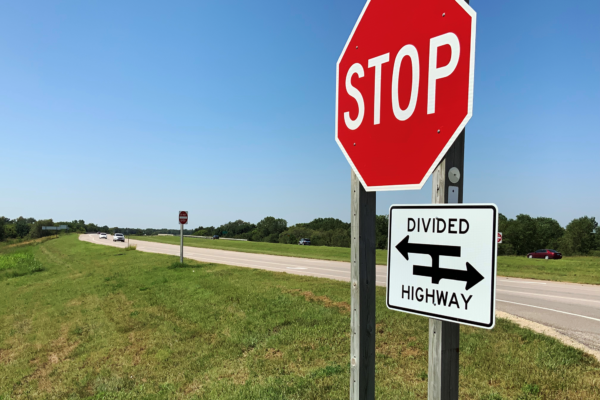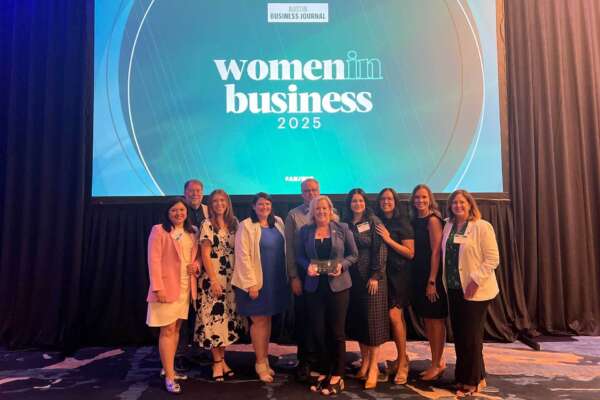Garver helps Tulsa community mark Pathway to Hope

To help mark the recent centennial of the 1921 Tulsa Race Massacre, Garver was tasked with designing the Pathway to Hope, a pedestrian walkway connecting the historic Greenwood District and John Hope Franklin Reconciliation Park along I-244.
Designed within the state right-of-way and bordered by tall walls showcasing artwork and historical information about the area, the path is a means of symbolically reconnecting the district. As a plaque notes, the path “represents a reclamation of lost lives, lost stories, and lost history.”
Alongside a leadership team that drew from members of the 1921 Tulsa Race Massacre Commission, the Oklahoma Department of Transportation (ODOT), the City of Tulsa, and the Tulsa Drillers, Garver was proud to play a part in realizing this iconic project that recognizes an important piece of Oklahoma history that was previously overlooked.
“We’ve been a part of the Tulsa community for almost three decades, so we were proud to partner on a project with so many other Oklahomans to provide a sound design for a landmark so important to the city and its history,” said Transportation Team Leader Jenny Sallee, PE, who attended a recent dedication of the landmark.
Because of the fast-paced nature of the design, the project’s development required the collaboration of many different firms. As the engineering design team, Garver led efforts on the trail and retaining walls. Intertek PSI provided geotechnical investigations and design. Surveying was completed by White Hawk Engineering & Design. Concepts and landscaping for the trail were designed by Selser Schaefer Architects and Howell & Vancuren Landscape Architects. Crossland Heavy was the contractor and completed the construction in record time to meet the deadline for the opening ceremony.
To learn more about what Garver’s Transportation Team can do for you, visit our Transportation services page.








Share this article